Observability Pipelines for an SRE
In data management, numerous roles rely on and regularly use observability data.
The Site Reliability Engineer is one of these roles.
Site Reliability Engineers (SREs) work on the digital frontlines, ensuring performant experiences by using observability data to maintain stability and awareness of software running in various environments across organizations.
With the number of use cases around observability data increasing, organizations need to understand how SREs utilize it and what challenges they face while accessing it. It’s why Mezmo recently conducted conducted research with The Harris Poll to better understand how they interact with observability data, the challenges they face when managing it at scale, and what their ideal solution might look like.
The Site Reliability Engineer (SRE)
Meet your typical SRE.
They love their job and have probably always been SRE with no plans of changing direction. They're sharp as glass and aim to advance their skill and experience. And because they are often working behind the scenes, they especially appreciate recognition from management and their peers for the work that they do.
At a company, the Site Reliability Engineer is likely to be solely responsible for three things:
- Data Management: SREs manage tons of data in many ways. These methods can include database schema migration, correcting data-driven application errors, handling unprecedented data volume, cleaning up or removing old data, and deleting customer data to maintain privacy commitments.
- Platform Solutions / Platform Performance: SREs work to ensure that their organization's platform is available and performing as expected.
- Configuration Management: SREs manage the configuration needed to support running the applications and software that make up a system, application, or platform.
To achieve these goals, SREs use observability data for several tasks, such as troubleshooting, analytics, diagnostics, and tooling. However, that data is spread across various applications and environments, on average 4 different sources. As a result, they are often shuffling between 2-3 different platforms to manage, access, and take action on that data.
Volume and Cost: The Archnemeses of the SRE
For an SRE, the biggest issue they often encounter is the sheer volume of data they have to manage and work through at any given time. This is mostly due to the fact that data sources are growing, and they are erratic in nature (such as containerized environments, for example). Not only does this data take time to gather and process, but you also have to remember that SREs are dealing with roughly 6-7 applications at a given time, whether it's taking in data, pushing out data, or acting on any insights they may gain from the data.
Additionally, even though SREs can generally predict how much they'll have to spend to manage, move, and store observability data, the cost of aggregating these large amounts of data in one place can be nightmarish for an SRE to consider. Even if the cost is predictable, the reality is that their allocated budget simply can’t keep up with rising data volumes.
Fortunately for SREs in today's digital landscape, observability pipelines exist.
The Ideal SRE Observability Pipeline
Observability pipelines can reduce the amount of management SREs have to do with their data at the application level, ultimately enabling them to better control and derive value from it. By enabling SREs to interact with, manage, and gain insights into their data while it's in motion, SREs can reduce spending on data, paying only for the data that they plan to use.
That said, the ideal observability pipeline for the Site Reliability Engineer would support three key things.
Cloud Services and Applications
The SRE, in most cases, utilizes cloud-specific products and software to help manage data for their organization, depending on what they're doing. An observability pipeline that can aggregate data from these various cloud environments would reduce a lot of toil associated with collecting and managing it manually.
SIEM Alerting and Sources
An ideal observability pipeline solution for SREs would have to support security-related event sources. Good examples of these are access logs, firewall logs, and secure shell (SSH) logs. Monitoring application uptime is essential for SREs to manage application health and stabilize their systems, so having the ability to access these sources enables SREs to take action on the insights that may indicate a potential threat or malfunction.
Integration Functionality
SREs and their teams often invest many resources in integrating their data with a provider. Having to go through that again because a pipeline solution doesn't support integration with the technology their team currently uses would require a lot of time, resources, and (more) manual management.
Mezmo Observability Tools Empower the SRE
By centralizing and aggregating observability data into one place, Mezmo’s Observability Pipeline solution enables the SRE to more easily manage data volume. They can also use Mezmo's best-in-class log analysis features to get real-time insights and updates on their system, enabling them to run diagnostics and troubleshoot with ease using actionable data.
Additionally, because you only play for the data you retain and use, they don’t have to worry about breaking the bank to do their job.
Tip: To learn more about the SRE's needs, priorities, and how they interact with other roles in an organization, like the security engineer and developer, check out our latest white paper, The Impact of Observability: A Cross-Organizational Study.
With Observability Pipeline, you can:
- Access and control data to improve efficiency and reduce costs
- Drive actionability with the data insights SREs need to make decisions faster
- Transform your organization by empowering every team with the data they need
To learn more about Observability Pipeline, talk to a Mezmo solutions specialist or request a demo.
.jpg)

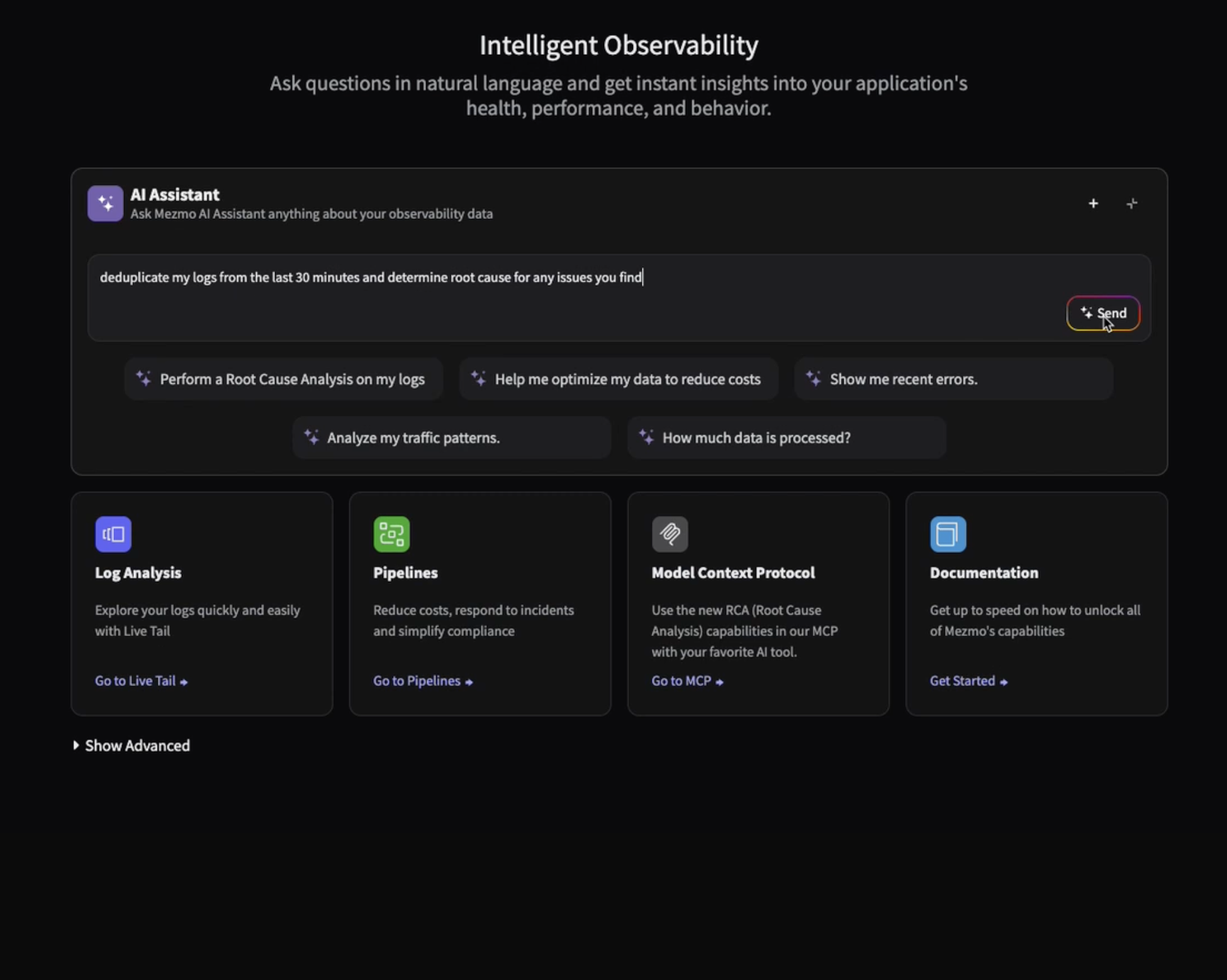
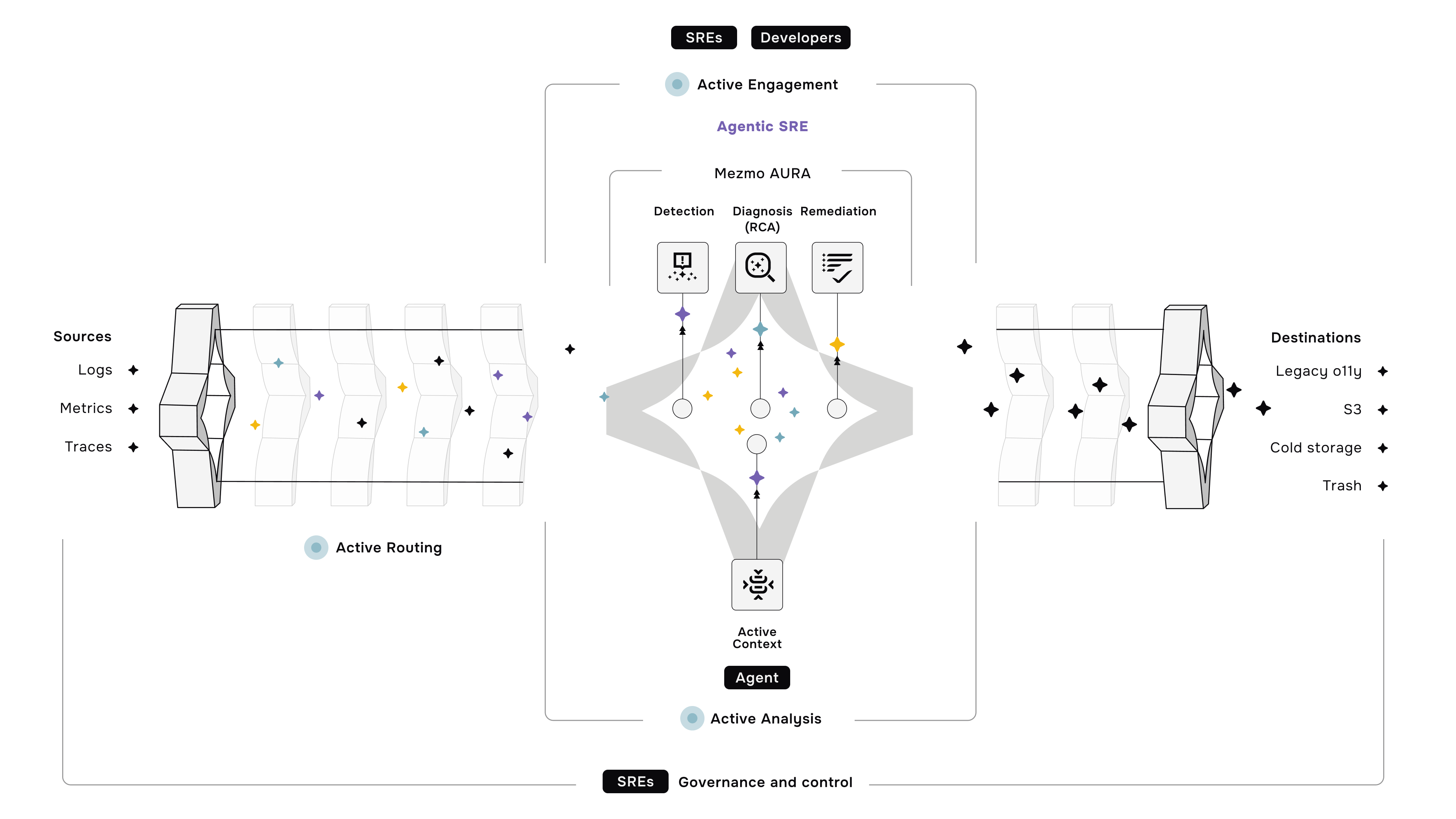

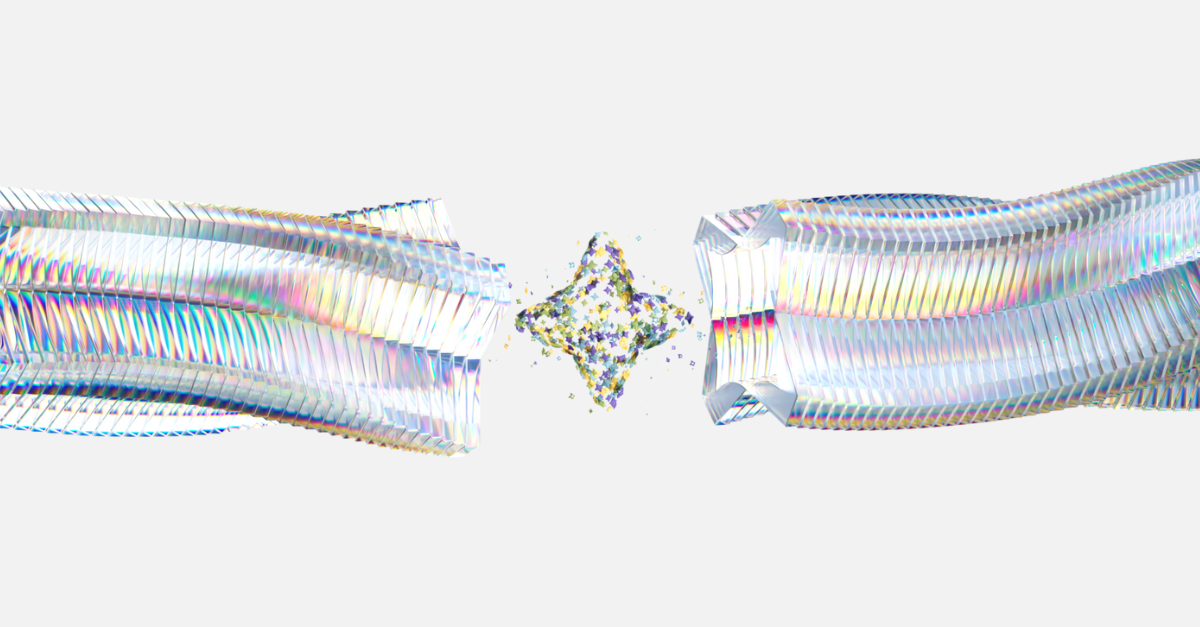




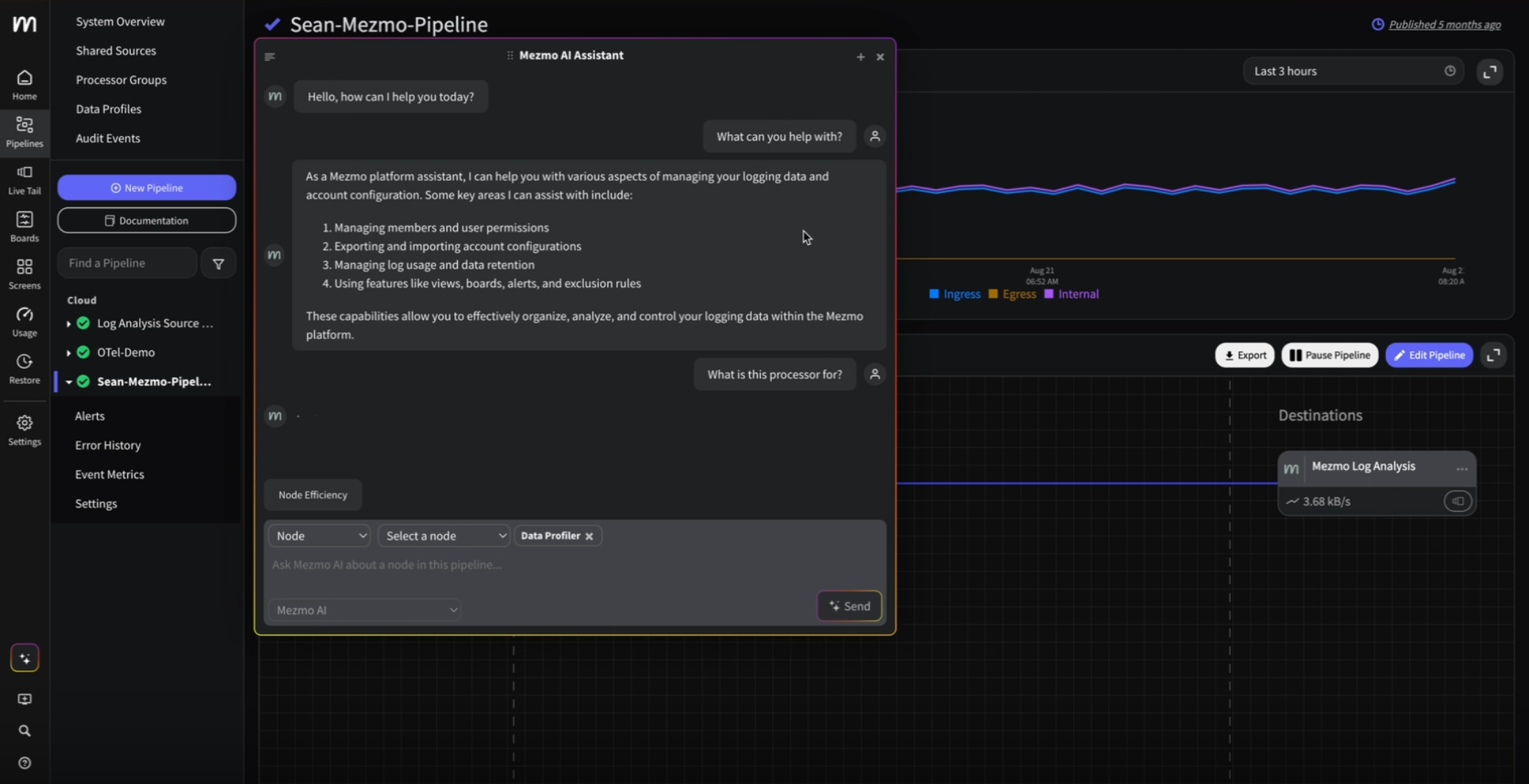


.png)




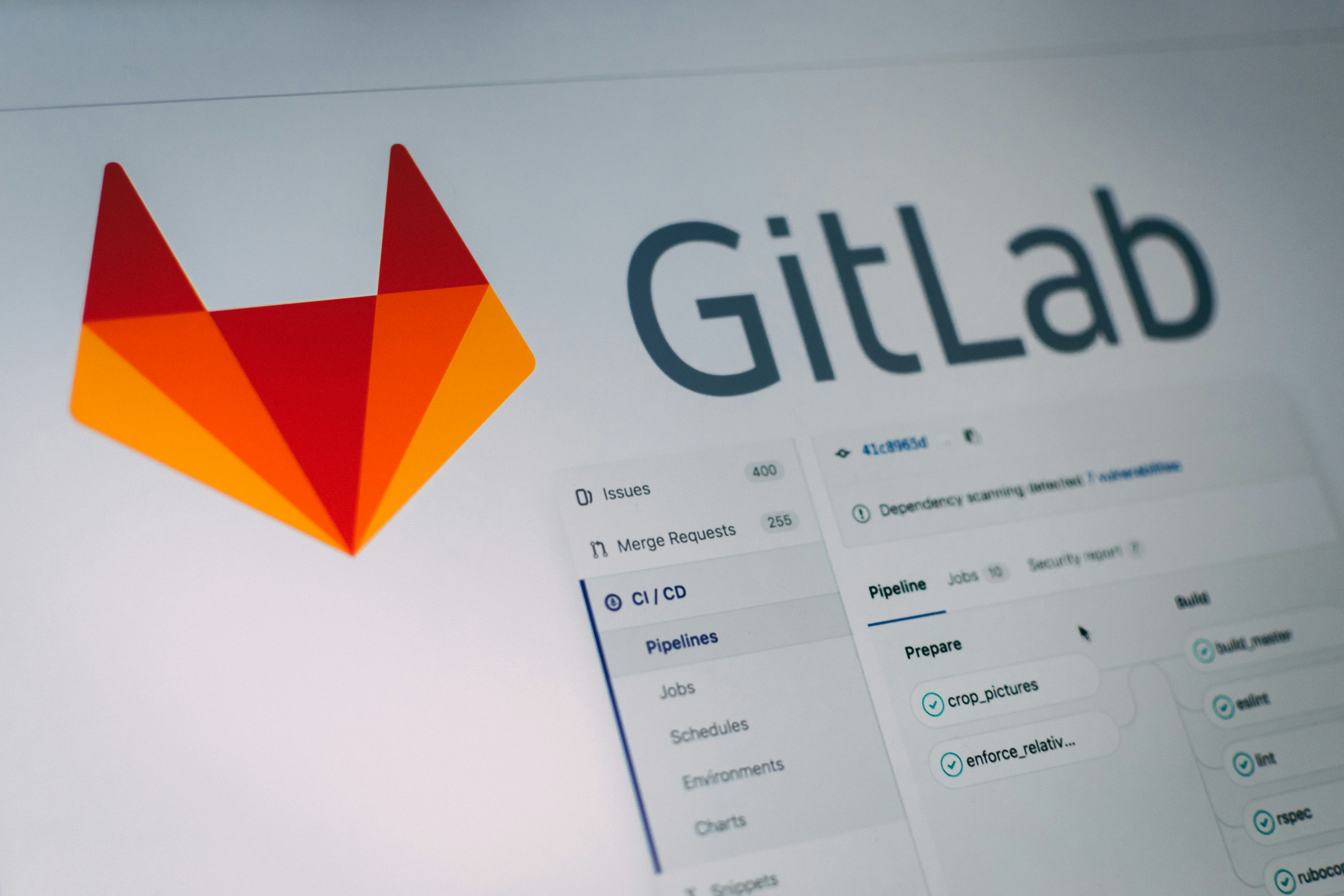



















.png)


































































